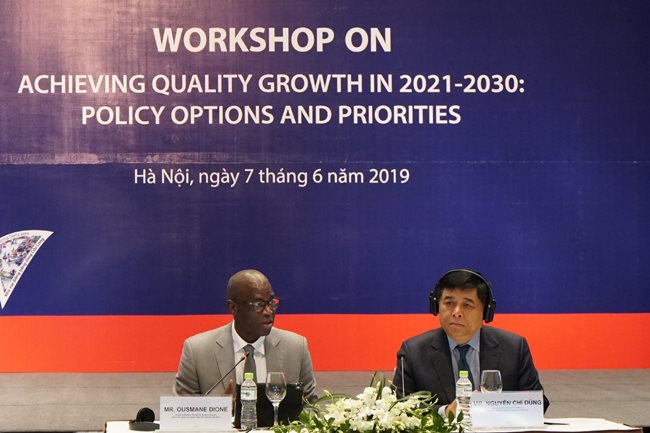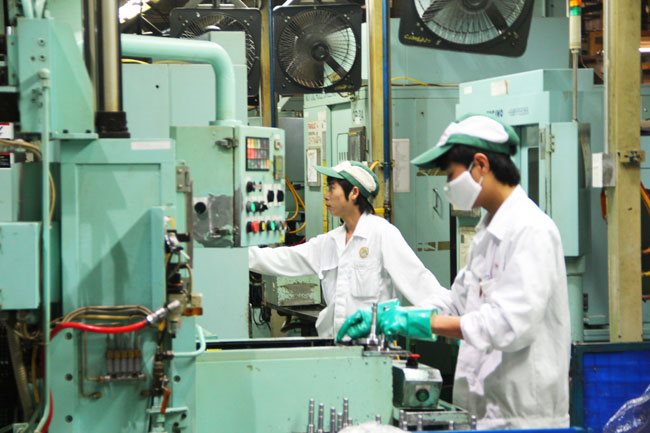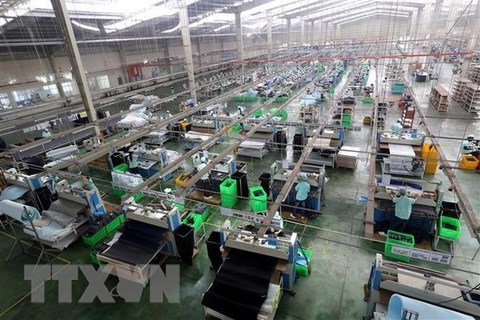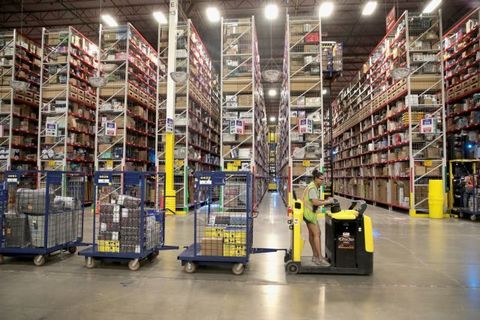WB says reforms needed to stimulate investment, productivity growth
WB says reforms needed to stimulate investment, productivity growth
Vietnam needs to boost domestic investment and productivity growth to renew its growth momentum and achieve its targeted high income status by 2045, said economists from the World Bank (WB) office in Vietnam at a workshop in Hanoi on June 7.

Held by the Ministry of Planning and Investment, the workshop, entitled “Achieving Quality Growth in 2021-2030: Policy Options and Priorities,” was aimed at contributing to the formulation of two important strategic documents: the socio-economic development strategy (SEDS) for 2021-2030 and the socio-economic development plan (SEDP) for 2021-2025.
Sebastian Eckardt, a senior economist at the WB office in Vietnam, told the participants that there is not a large amount of room for the country to enjoy the benefits from its golden population structure, since a rapidly aging population, subdued investment and productivity growth weighs on Vietnam’s medium-term growth potential.
Eckardt put forward a number of policy options for the nation to spur its investment and productivity growth.
For instance, more efficient financial intermediation is needed to ensure the allocation of domestic savings to productive investment, according to Eckardt.
The Government needs to improve the soundness and stability of the banking sector with strengthened regulation, supervision and debt resolution, improved corporate governance and capital adequacy for weak credit institutions, while deepening capital markets, in particular the corporate bond market, as an alternative source of long-term funding.
Also, the Government should address real sector constraints to remove the bottlenecks to private investment and development.
Furthermore, State-owned enterprise reforms, such as equitization, corporate governance, and competitive neutrality, should be accelerated and deepened.
More attention should be given to second generation regulatory reforms that enable firms to compete and grow. These include an independent competition agency, improvements in the Competition Law and the Bankruptcy Law, as well as risk-based principles to regulations.
Country Director for the WB in Vietnam Ousmane Dione stated that rising Asian consumer markets present key opportunities for Vietnam. At the same time, the increasing adoption of advanced manufacturing technologies, such as robotics, 3D printing, and smart manufacturing in labor-scarce economies and in China, could challenge Vietnam’s ability to continue to rely on export-driven growth.
However, they may also create new opportunities for faster technological catch-up and even leapfrogging, Dione said.
Additionally, many of the drivers that propelled the country’s growth in the past will diminish over the next decade, according to Dione.
He said gains from structural transformation – workers moving from lower-productivity agriculture to higher productivity manufacturing and services – are running its course. Wages are rising and will start to erode Vietnam’s current comparative advantage in relatively low-value, labor-intensive segments of global value chains.
“While Vietnam has every potential to sustain its development success, it will have to seize opportunities, manage risks and push ahead with bold reforms. The SEDS and SEDP are Vietnam’s golden opportunities, because they will shape the country’s development roadmap for the next decade,” he said.
Minister of Planning and Investment Nguyen Chi Dung said that the implementation of the country’s SEDS for 2011-2020, and the SEDP for 2016-2020, has so far brought about an array of positive results.
The country has maintained its macroeconomic stability, while achieving strong economic growth and undertaking economic restructuring, in line with the renewal of the growth model.
However, these outcomes still fall short of expectations due to unfavorable developments of the global economy, the minister admitted.
For example, the productivity, quality, effectiveness and competitiveness of the Vietnamese economy remains modest. Also, strategic breakthroughs have yet to make significant progress, particularly in terms of manpower and infrastructure, while the gap between the rich and poor tends to increase.
In the next phase of development, he urged the issuance of breakthrough orientations and policies aimed at bolstering economic growth, with a focus placed on a wide range of fields, including manpower, infrastructure, sustainable development, and green growth.






















